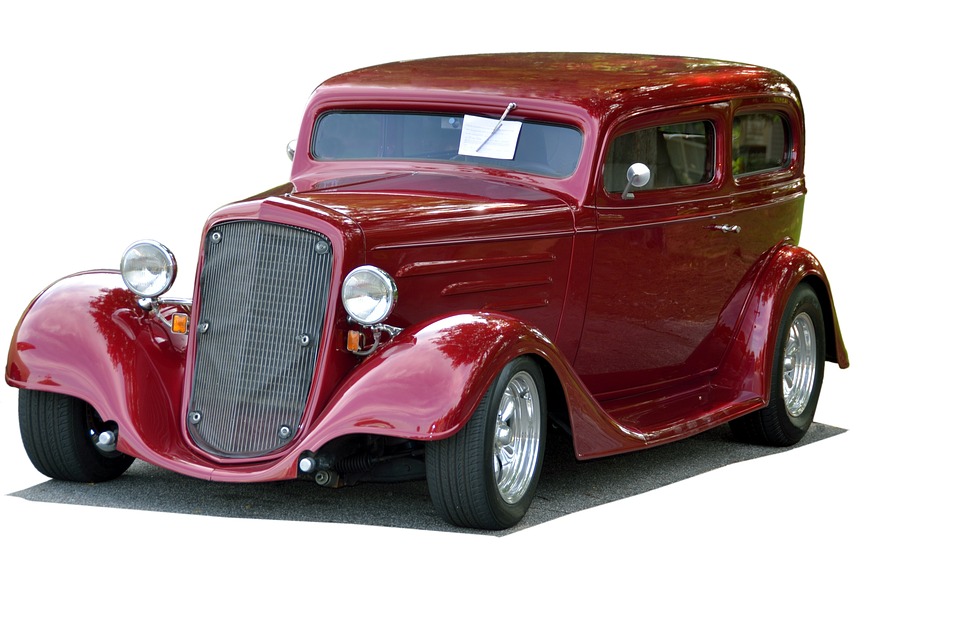A common question among classic car buyers is what to do after they get that old gem: restore it or customize it? Both options have advantages and disadvantages. Here we’ll look at the different aspects of restoration and customization to help you decide which way to go for your car.
Restoration: pretty authentic
Restoring a classic car means finding the original parts and options for a specific model. This means if you own a Cuda with a broken Hemi engine, you need to find a stock Hemi in order to restore it. Paint is a different matter. While the original paint of a particular brand may no longer exist today, there are many auto services that offer the color of that model, making it look authentic.
Advantages of classic restoration
1. Restoration is more of a challenge and therefore there is a lot of love between you and your car. It might be easy to find a stock engine, but looking for small parts like the starter will be a bit of an adventure. Once you have completed the restoration, you will surely find a greater bond between you and your vehicle.
2. Completely restored classic cars go up in value. Since there is a lot of effort and money involved in the restoration process, you can easily drive up the price of the car once you decide to sell it. A perfectly restored vintage car can be valued at more than one hundred thousand at professional auctions.
3. You get an original car. There is nothing more useful than that.
Disadvantages of classic restoration
1. Parts are hard to find and therefore expensive. Unless you’re involved in treasure hunting and scavenging for auto parts at junkyards and auctions, spare parts can be a bit pricey. The reason for this is simple: Car companies don’t produce those parts anymore, so most people consider them rare, like classic cars.
2. Safety, efficiency and convenience are sometimes compromised. A car from the 1950s may not have proper airbags and seat belts yet. Perhaps the engine is not so fuel efficient, and the suspension may be a bit shaky. And if you decide to go cheap and recycle a used engine from spare parts, expect it to break down at least once due to stress.
Personalization: comfort with cuteness
Customizing a classic car means adding or changing some parts and details that were not originally included with that model. This may include a better engine, suspension and more comfortable seats. The coating can also be customized. You’ve probably seen a Mustang with fenders on its side. This customization.
Classic style customization features
1. Safety and comfort are the basic feature of customization. Upgrading your vehicle with more fuel efficient engines, better seat belts and airbags will make your ride smoother and safer.
2. Parts are easy to find, and sometimes a lot cheaper. The engines are easy to find, but still a challenge. You will have to find a replacement engine that will fit your classic car. However, you can find smaller portions in an easier way.
3. You get great extras to your liking. Hydraulics, superchargers, and funky lights are among the many options you can add if you customize. Barriers are also cool.
Disadvantages of Classic Allocation
1. Your classic car will depreciate. A heavily modified car will be worth less than one that is simply restored. If you plan to sell your car in a few years, the best option is to restore.
2. If you plan to sell the car, you may struggle to find a buyer. Most classic car buyers are looking for a vehicle that can be easily restored. Therefore, it is preferable to use a car that is covered in dust and rust a lot because some of the original parts included in the car may still be used.
The best measure for determining whether you should customize or restore a classic car is to know what your dream car looks like. The good thing about this is that you can easily combine customization and restoration. Restore whatever is under the hood, and get cool fires on the hood itself. Your preference is the king.
